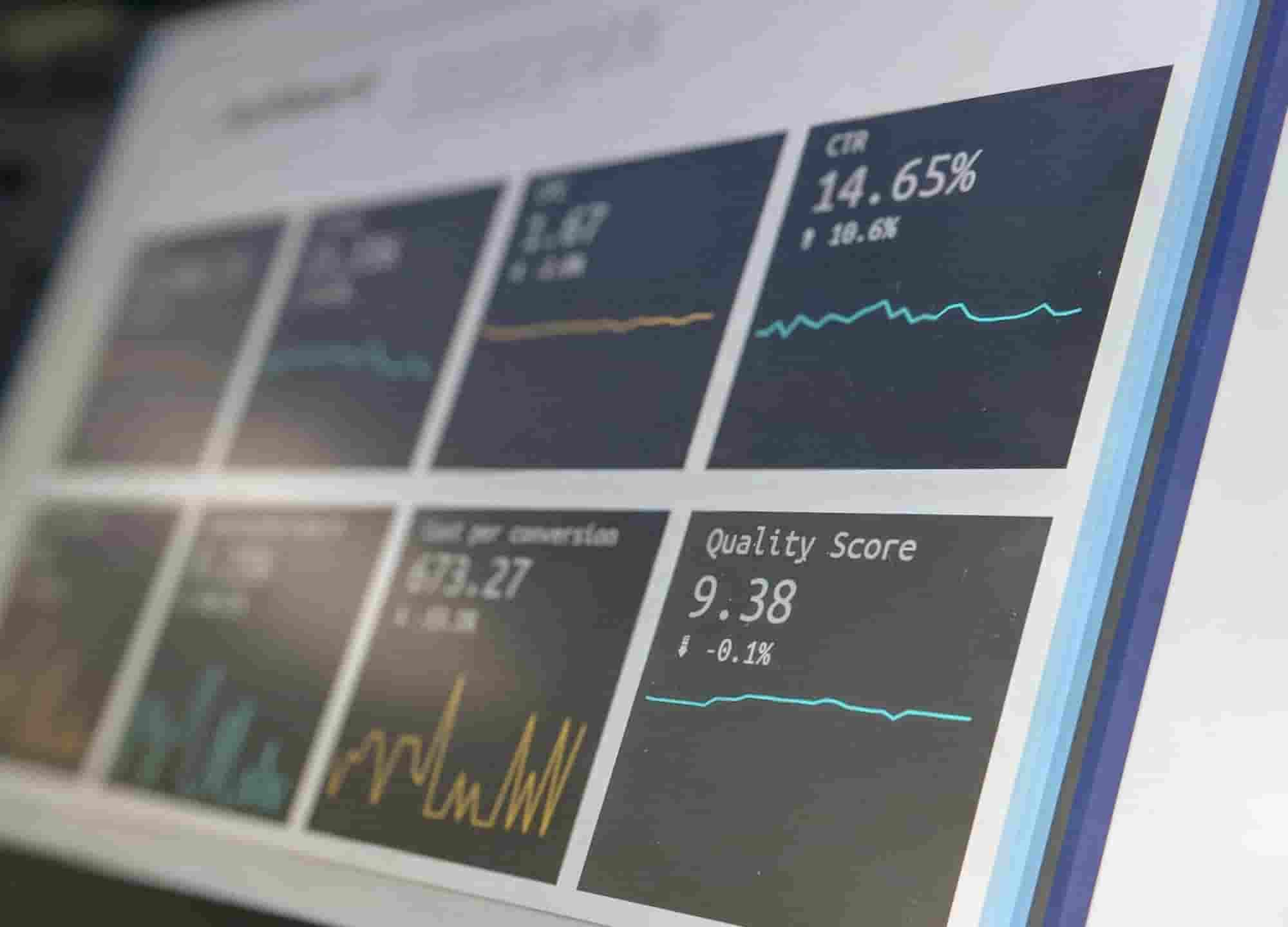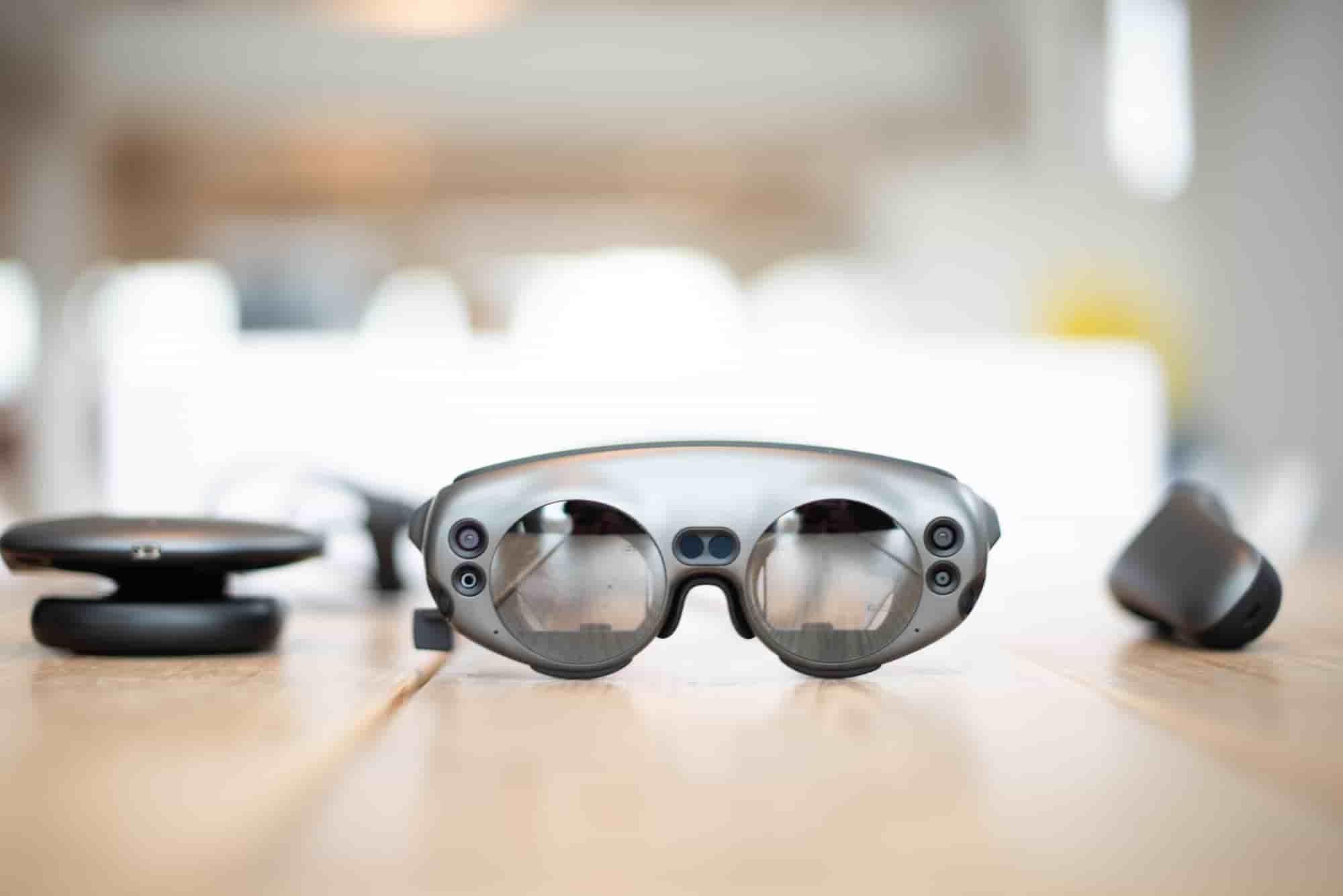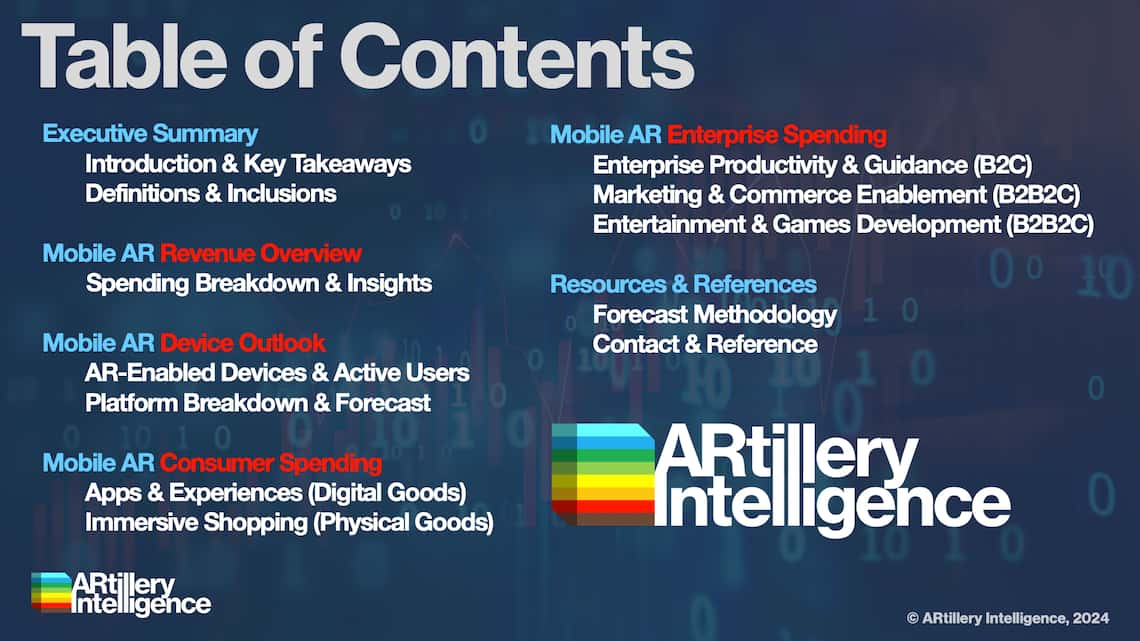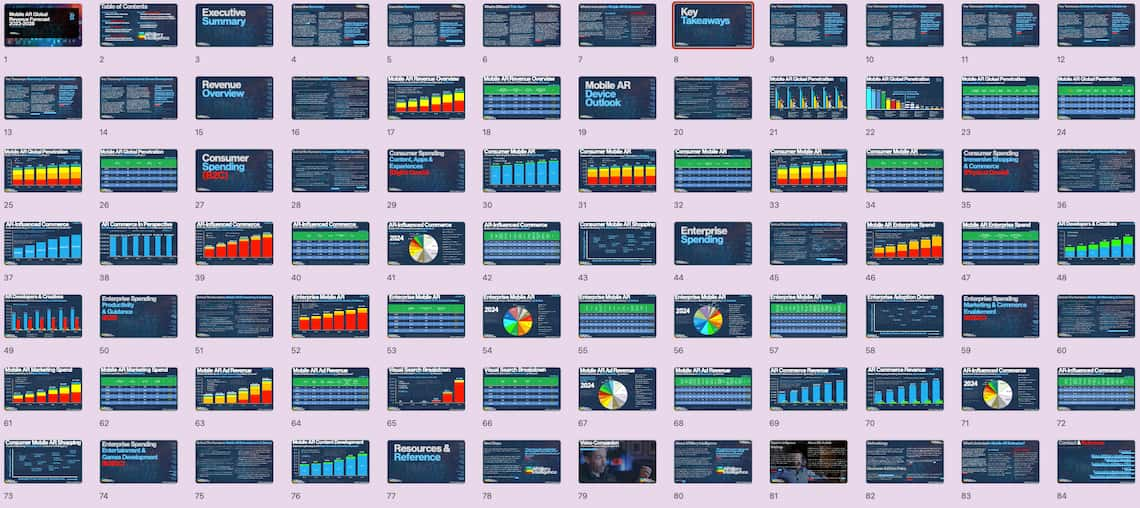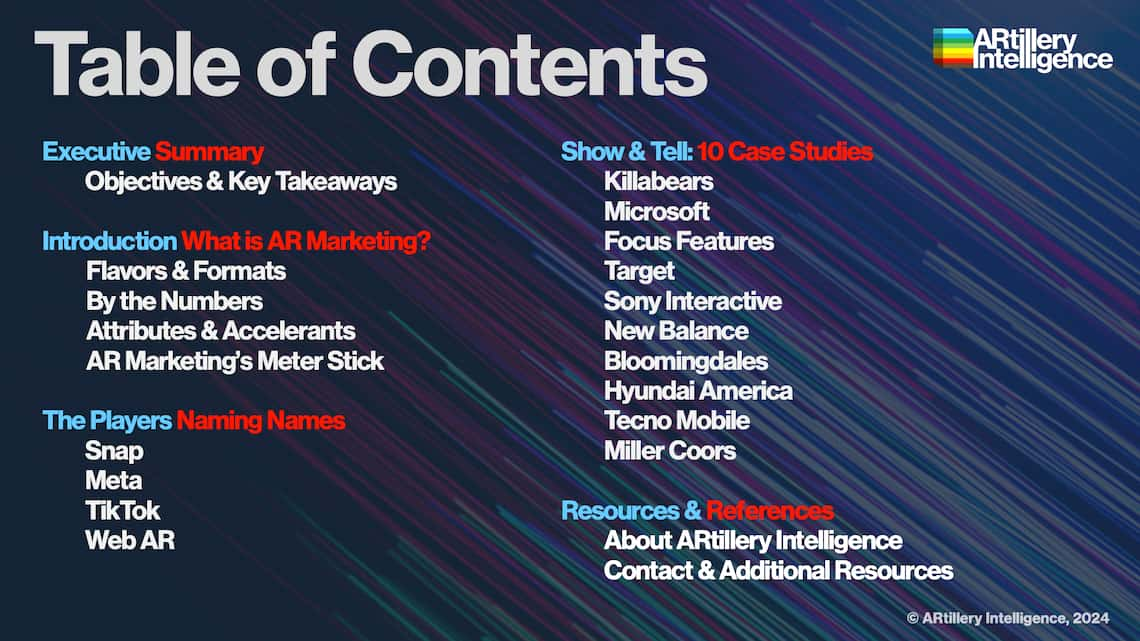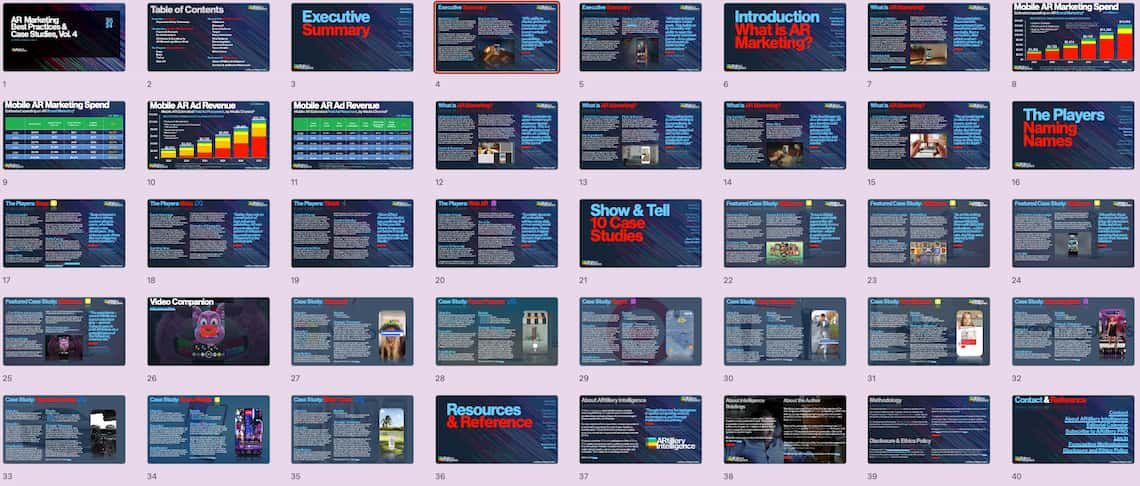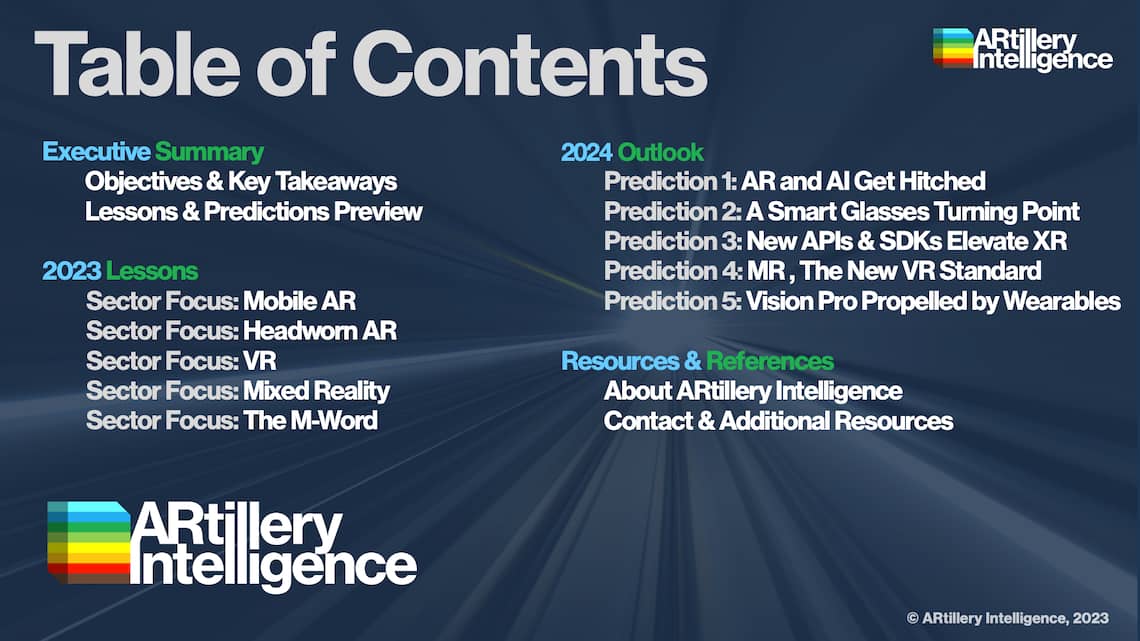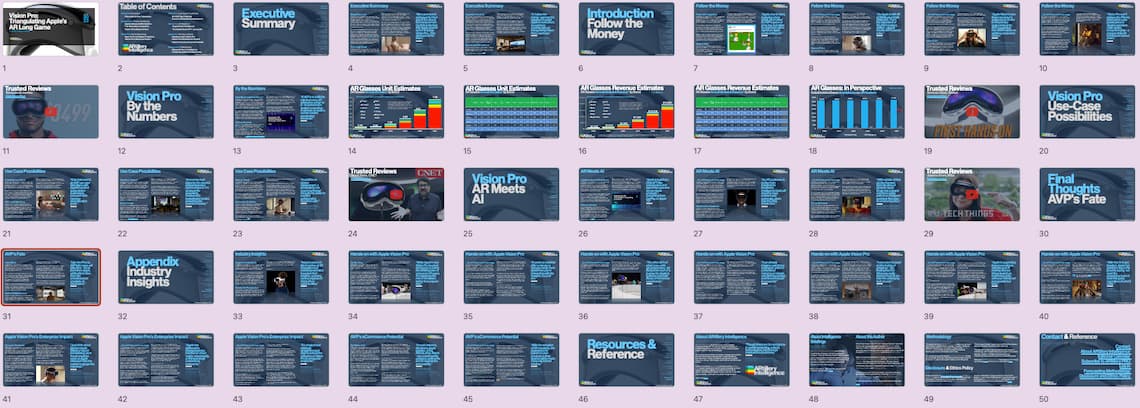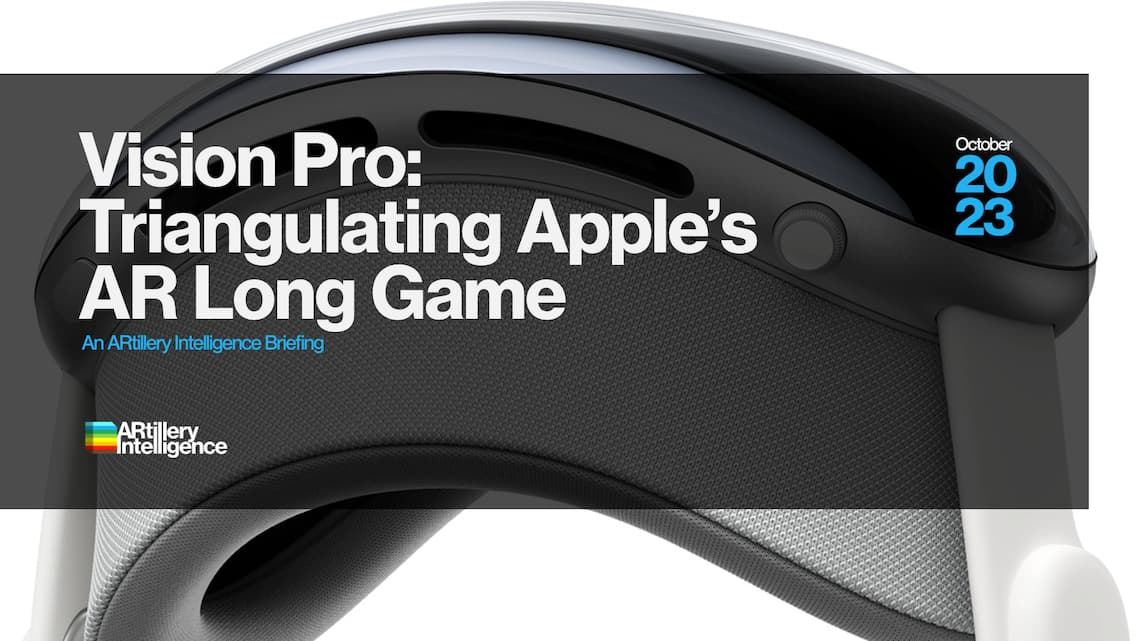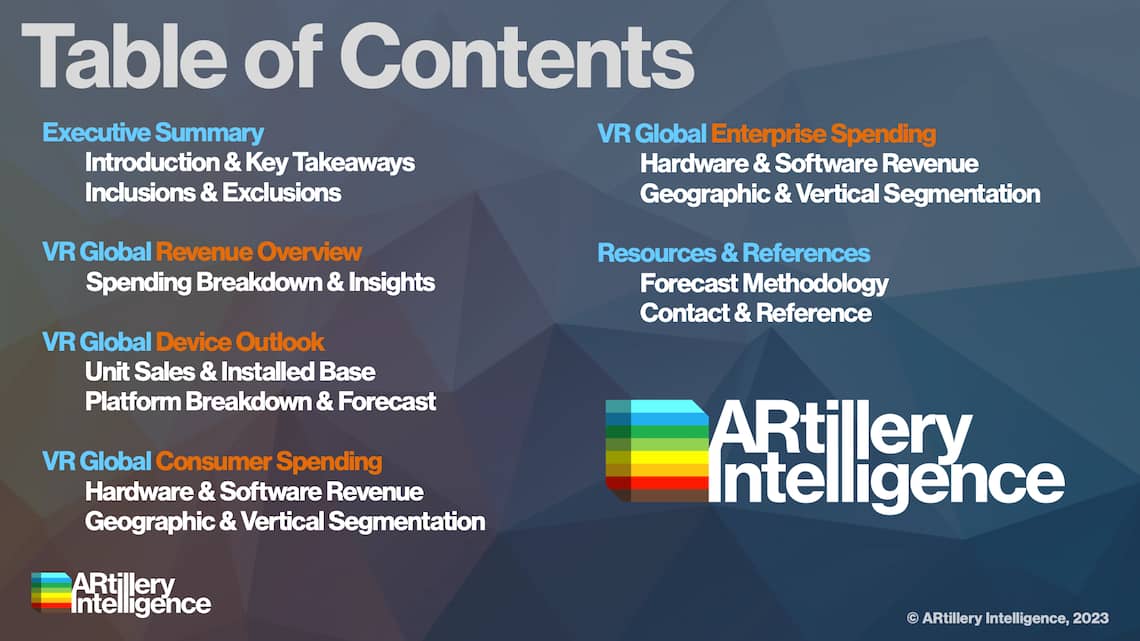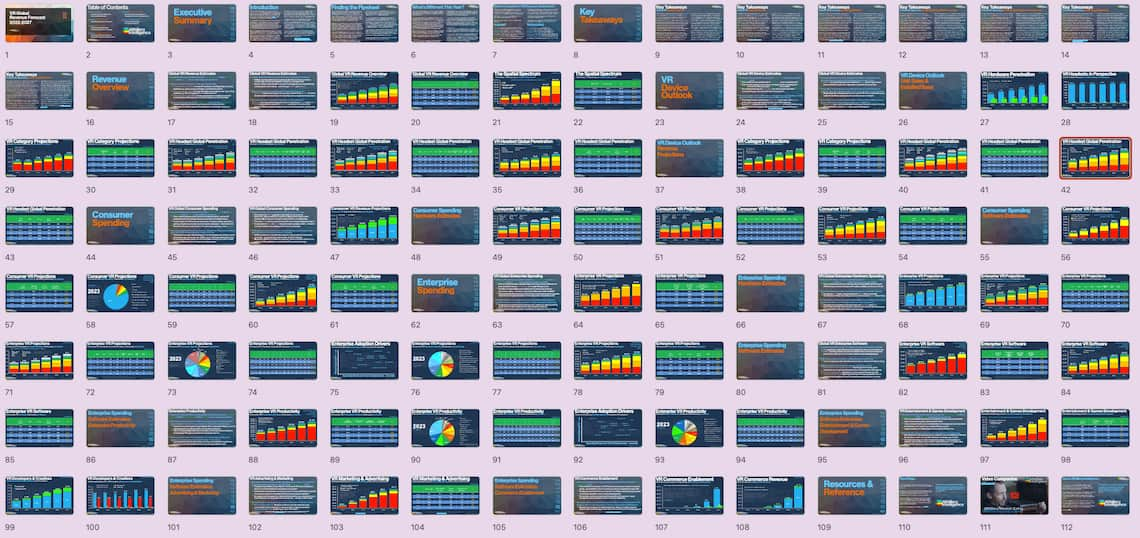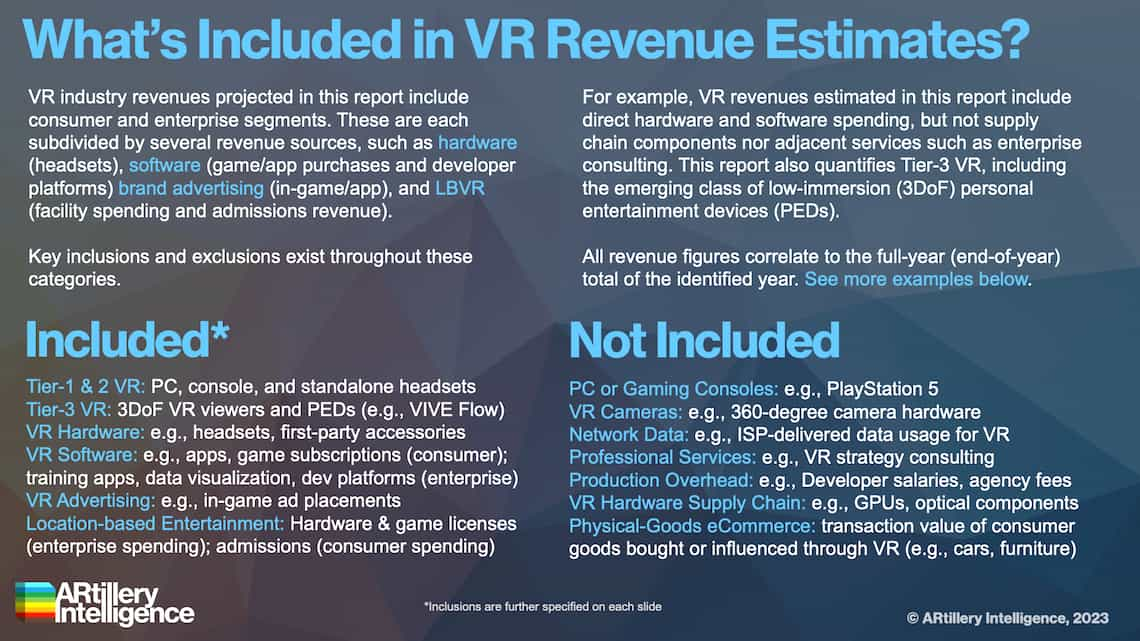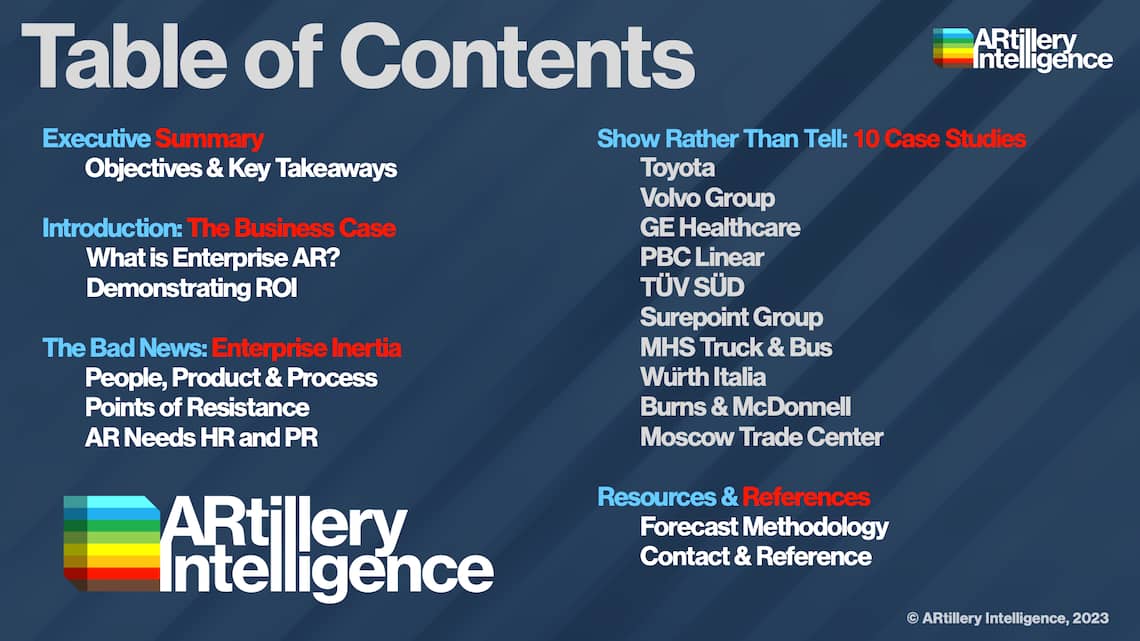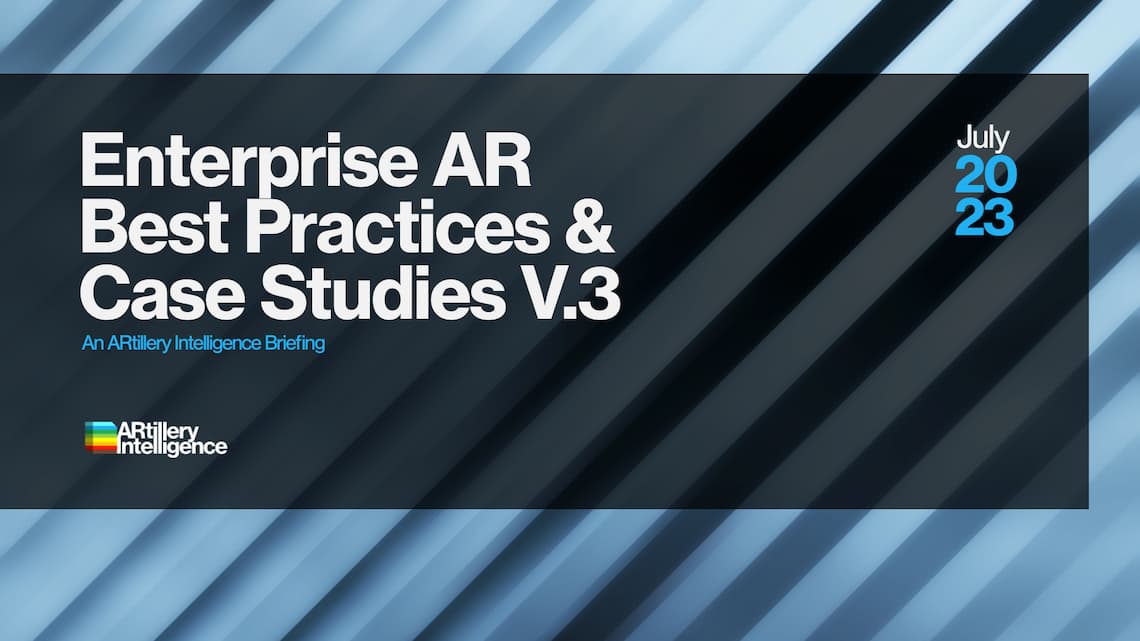VR Usage & Consumer Attitudes, Wave 8

How do consumers feel about VR? Who’s using it? How often? And what do they want to see next? Perhaps more importantly, what are non-users’ feelings about the technology? What are their reasons for disinterest? And how can VR software and hardware developers optimize products accordingly?
These are questions we set out to answer. Working closely with survey research specialist Thrive Analytics, ARtillery Intelligence wrote questions to be fielded to 52,317 U.S. adults through Thrive’s established consumer survey engine. The results are in and we’ve analyzed the takeaways in this report.
This follows similar reports we’ve completed over the past eight years, including a corresponding consumer AR survey. Wave 8 of the research now emboldens our perspective and brings new insights and trends to light. All eight waves represent a significant sample of U.S. adults for robust longitudinal analysis. This will continue to expand with each survey wave.
So what did we find out? At a high level, 25 percent of U.S. adults own or have used a VR headset, which is the same amount reported in the previous survey wave. Though this is flat growth – which is supported by our separate VR market sizing that shows a soft VR market over the past year – there are several signs that things will pick up in the coming year.
Those signs include the emergence of mixed reality in VR. As seen in market-defining hardware such as Meta Quest 3, this involves high-definition color passthrough cameras that enable experiences that interact with the real world – or simply engender comfort, orientation, and spatial awareness in VR. This survey was fielded prior to Quest 3’s launch, but it will be something to watch going forward.
The same can be said for Apple Vision Pro. Though it’s a device we characterize in the AR hardware category, the lines are blurring, and it will have an impact on stimulating mixed reality demand, congruent with Apple’s signature “halo effect.”
But beyond those positive and optimistic signals, there continue to be challenges and adoption headwinds in VR. It hasn’t been the world-changing and revolutionary technology it was touted to be in the industry’s circa-2016 hype cycle. Since then, it has been healthy in its own right, but far narrower in its consumer adoption than proponents had hoped.
The cause of those adoption challenges is signaled in these survey results. As we’ll explore in this report, only 26 percent of respondents say that they want to try the technology. Though this is up six points from the previous survey wave – supporting VR’s near-future growth as noted on the previous page – bad news lies in the reasons for disinterest. Specifically, 82 percent of those uninterested respondents say that they’re “just not interested.” This definitive and deflating statement signals that VR proponents have their work cut out for them in converting non-users.
Moreover, the disparity between current-user satisfaction and non-user disinterest underscores a key “chicken & egg” dilemma for VR. To reach high satisfaction levels, VR must first be tried. Yet non-users, per the above, have little interest in trying it. Altogether, this presents a sizable marketing challenge for VR players and proponents to push that first taste.
But if anything is going to bring that interest to mainstream markets, it’s the aggressive pricing and quality of Meta devices. In an effort to gain an early market share lead and a network effect, Meta subsidizes its hardware to the point of deflating its own margins. The good news for consumers is that they get quality VR hardware that’s much more affordable than it should be.These factors continue to attract users, which then attract developers. As game & app libraries build in this way, a virtuous cycle – or self-propelling flywheel effect – drives the VR market forward. This is the path to VR growth. But to be clear, it has been – and will continue to be – a gradual climb. This can be seen in the live market evidence that surrounds us, further supported in the results of this survey research.


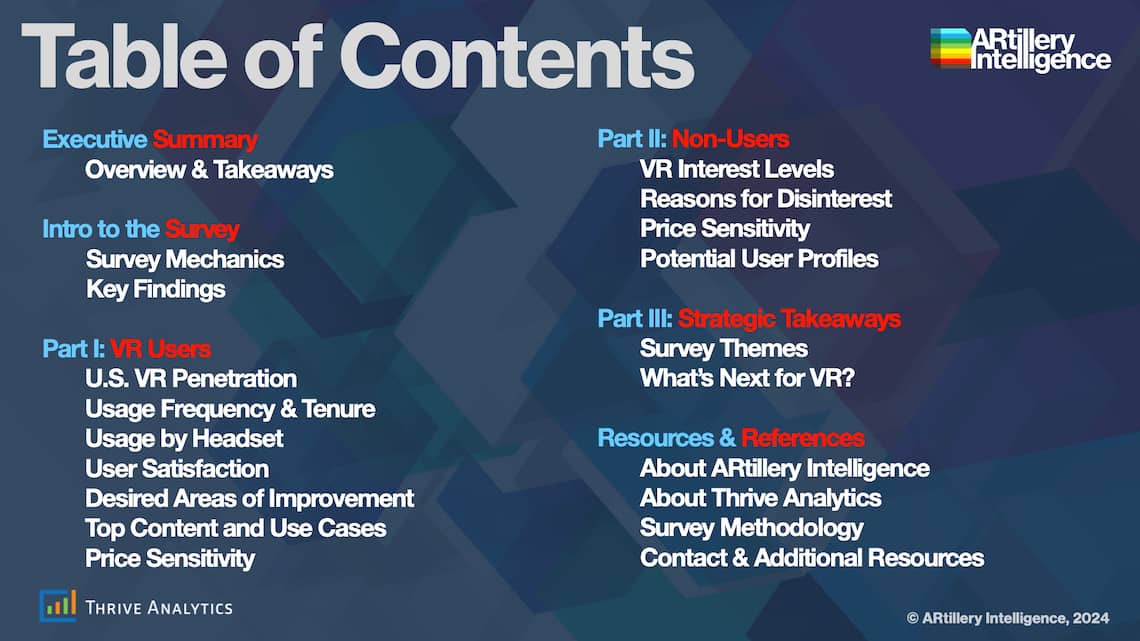
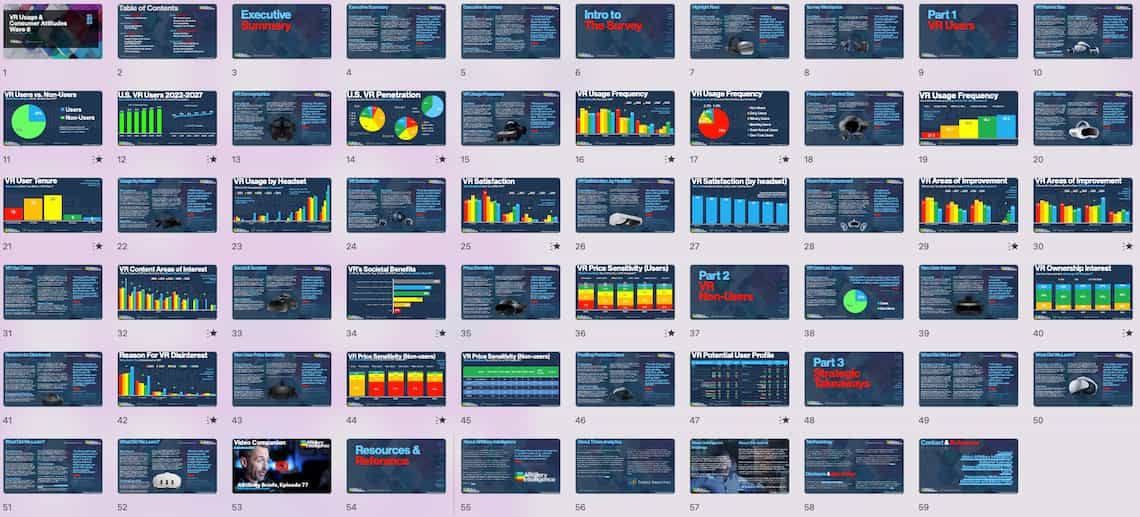
The fastest and most cost-efficient way to get access to this report is by subscribing to ARtillery PRO (Startup tier or higher for forecast access). You can also purchase it a la carte.
ARtillery Intelligence follows disciplined best practices in market sizing and forecasting, developed and reinforced through its principles’ 20 years in research and intelligence in tech sectors. This includes the past 8 years covering AR & VR as a primary focus.
ARtillery Intelligence has partnered with Thrive Analytics by writing the questions for the Virtual Reality Monitor consumer survey. These questions were fielded to more than 52,000 U.S. Adults. ARtillery Intelligence wrote this report, containing its insights and viewpoints on the survey results.
For market sizing and analysis, ARtillery Intelligence follows disciplined best practices, developed and reinforced through its principles’ 18 years in research and intelligence in the tech sector. This includes the past 8 years covering AR & VR exclusively, as seen in research and daily reporting.
Thrive Analytics likewise follows best practices in consumer research, developed over its long tenure as a consumer research firm. More details about the survey sample can be seen in this report’s introduction, and more on ARtillery Intelligence research methodology can be read here.
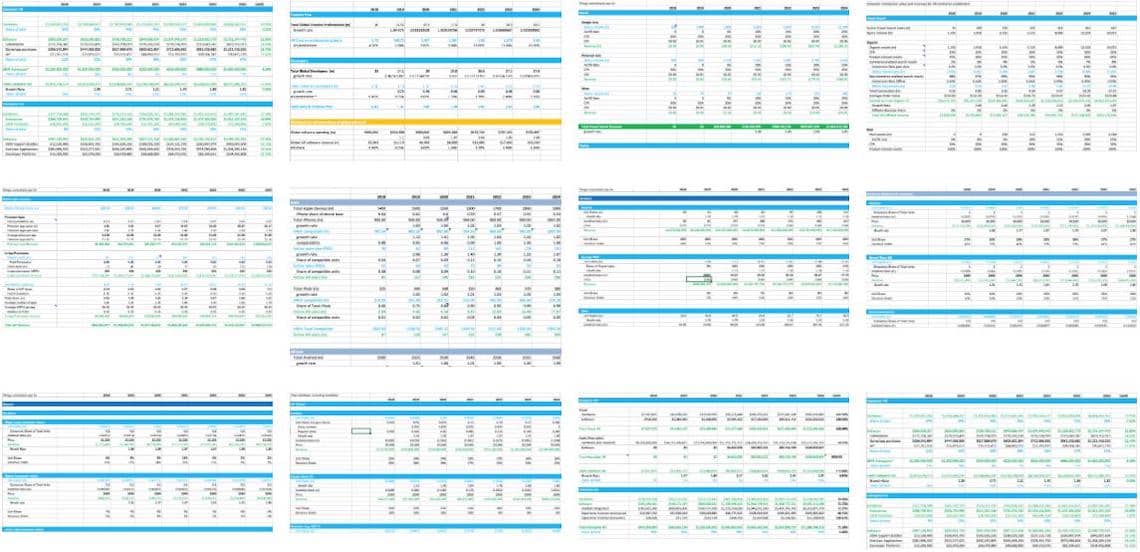


Unless specified in its stock ownership disclosures, ARtillery Intelligence has no financial stake in the companies mentioned in its reports. The production of this report likewise wasn’t commissioned. With all market sizing, ARtillery Intelligence remains independent of players and practitioners in the sectors it covers, thus mitigating bias in industry revenue calculations and projections. ARtillery Intelligence’s disclosures, stock ownership, and ethics policy can be seen in full here.
Checkout easily and securely.
Ask us anything

